Dispersed camping is a rising trend in the United States. But what is dispersed camping, and what are the challenges it brings? Unlike traditional campgrounds, dispersed campgrounds lack basic amenities such as restrooms, suitable for campers seeking a more rugged and authentic experience.
However, this adventurous style of camping requires campers to prepare in order to survive the test of time while also enjoying their journey in the wild to the maximum possible extent.
One of the most important things you need in such a challenging adventure is a solar powered generator or a power station, which allows you to keep your electronics up and running even in the remotest of locations.
What is Dispersed Camping?
A lot of outdoor enthusiasts ask: what does dispersed camping mean and what makes it different from other camping styles? Dispersed camping refers to camping outside designated campsites, typically on public lands where no facilities or amenities are provided. Unlike traditional camping in regulated campgrounds, dispersed camping allows individuals to immerse themselves in nature without boundaries or crowds.
This camping style encourages a self-reliant approach to outdoor living. Campers need to bring everything they need on their own, enjoy their time, and depart without leaving any trace of their presence.
The lack of facilities or amenities means there are no restrooms, picnic tables, or marked plots in these campgrounds. This minimalistic approach makes dispersed camping both a challenge and an opportunity for adventurers who value solitude.
Dispersed camping has some basic principles that every adventurer must follow: always pack out all trash, leftover food, and used items to leave the area clean and undisturbed; choose campsites at least 200 feet away from water sources, trails, and roads; respect wildlife by keeping your distance and never feeding animals.
Campfire use is often restricted in many localities, so check regulations in order to avoid any legal trouble.
Lastly, come fully prepared with water, food, proper gear, and knowledge of local rules and weather conditions.
What Is a Dispersed Camping Area?
Many adventurers also face trouble in deciding dispersed camping areas and where they can enjoy nature in its closest form.
The United States offers different locations for dispersed camping. To start with, the 154 national forests of the country, spanning over 188 million acres, make the popular dispersed camping locations.
The vast tracts of public land, particularly in the western U.S. that are overseen by the Bureau of Land Management are also famous for dispersed camping.
National grasslands also bring unparalleled dispersed camping opportunities in the prairie ecosystems of the United States.
Some states allow dispersed camping on state-managed lands, including state forests and Wildlife Management Areas.

What to Bring for Dispersed Camping?
Whichever dispersed camping location you choose, you need to pack your bag carefully in order to enjoy your trip without compromising on comfort. The following is the packing checklist:
1. Tent or Sleeping Bag
A reliable tent or sleeping bag is a non-negotiable essential for comfort and protection. A tent should be sturdy enough to handle unexpected weather, while a sleeping bag should be rated for the temperatures. Try to go for lightweight options for easier transport if you plan to hike to your campsite.
2. Camping Table and Chairs
A foldable table and chairs make meal prep, dining, and relaxation much more convenient in dispersed camping locations where these amenities are not usually present.
3. Flashlights and Lamps
Dependable light sources are essential. Headlamps are important for hands-free use, while lanterns provide broader illumination for shared spaces like cooking or reading areas. Always pack extra batteries or rechargeable options, as you won't have access to grid electricity in most dispersed camping locations.
4. Multi-tool
A multi-tool will come in handy in many critical situations. It can help you cut rope, open cans, make minor repairs, or do a wide range of other tasks.
5. Water Containers
Water is the most critical supply for dispersed camping. Bring containers large enough to meet your needs for drinking, cooking, and basic hygiene. Collapsible containers are excellent for saving space, and a water filtration system can be a lifesaver if you camp near a natural water source.
6. Food and Cooking Essentials
Plan meals that are easy to prepare, such as freeze-dried foods or canned goods. A portable stove, lightweight cooking pots, utensils, and biodegradable soap are important for cooking and cleaning. An electric stove can be a preferred option since fuel cylinders can be inconvenient and have adverse impacts on the environment.
7. Navigation Tools
Even in familiar areas, navigation tools like maps, compasses, or GPS devices are essential to stay on track. Relying solely on your phone is risky, as many remote areas lack cell service.
8. Spare Clothes
Layering is critical to adapting to changing weather. Pack extra clothes, including a waterproof jacket, to stay comfortable and prepared for rain or colder temperatures. Always keep a set of dry clothes in a waterproof bag as a backup.
9. First Aid Kit
Accidents can happen, so a comprehensive first aid kit is a non-negotiable item while going on a dispersed camping adventure. Include essentials like bandages, antiseptics, pain relievers, and tweezers. Customize your kit based on the duration of your trip and specific medical needs.
10. Solar Generator
A portable solar generator provides a reliable power source for charging devices, running electrical appliances, and powering lights. With a solar generator, you can easily power your navigational devices, stoves, mini-fridges, inflating sleeping bags, etc.
Which Solar Powered Generator to Choose
While carrying a portable solar powered generator is important during your dispersed camping pursuit, it's equally important to select the right power generator so that you can enjoy reliable access to portable electricity when it matters the most.
The Jackery Solar Generator 1000 Plus is an excellent addition to the backpack of any dispersed camper, as this solar generator brings an exceptional balance between portability and capacity.
This solar generator comes with the following features:
1. Large Capacity
The Jackery Solar Generator 1000 Plus comes with a capacity of 1264Wh and a power output of 2000W output, making it one of the most powerful portable generators in its class. This capacity ensures that it can power almost any device you take with you during your camping pursuit. For instance, this solar generator is capable of running mini-refrigerators, air conditioners, fans, lights, navigational devices, entertainment gadgets, drones, stoves, and much more.
2. Portability
The Jackery Solar Generator 1000 Plus is lightweight and easy to carry. With a weight of only 14.5 kg, the generator can be carried easily to remote camping locations. This solar powered generator comes with a foldable handle and wheels, which enhances its portability.
3. Multiple Outputs
The inbox Jackery Explorer 1000 Plus Portable Power Station comes with many output options, making it versatile enough to handle any electronic appliances. It is equipped with three AC outlets, two USB-A, and two USB-C outputs, which allow you to power any type of appliance you want.
4. Safety Features
The Jackery Solar Generator 1000 Plus comes with numerous safety features, which allow you to enjoy your camping experience without any trouble. It comes with a LiFePo4 battery, which is known for its safe and stable operations. This solar generator also comes with Jackery’s innovative ChargeShield technology, which protects against surges, overheating, and overloading.
5. Quiet Operation
Traditional gas-powered generators are noisy and disruptive, which goes against the peaceful nature of dispersed camping. The Jackery Solar Generator 1000 Plus operates quietly, allowing you to fully immerse yourself in the sounds of the wilderness. Its whisper-quiet technology ensures that you can enjoy a tranquil camping experience without compromising on power.
Other Types of Camping
While dispersed camping is getting increasingly popular among Americans, it is not the only way to enjoy the great outdoors of the country.
Here’s a brief look at some popular alternatives:
What Is Designated Camping?
Designated camping takes place in developed campgrounds, often managed by national or state parks, private operators, or recreation areas. These sites offer amenities such as restrooms, picnic tables, fire rings, and even electricity hookups in some cases. While they lack the solitude of dispersed camping, designated campgrounds provide convenience and accessibility, making them ideal for families, beginners, or anyone seeking a more structured outdoor experience. Reservations are often required for these trips, especially during peak seasons.
What Is Boondocking Camping?
Boondocking, often associated with RV camping, refers to camping without hookups or access to utilities like water, electricity, or sewer systems. It’s a form of self-sufficient camping that often takes place on public lands, such as BLM areas or national forests. Boondockers rely on their RV’s onboard systems for power and water, making it similar to dispersed camping in terms of enjoying the independence of the outdoors.
This style is popular among travelers seeking remote locations and the freedom to park and camp in unspoiled natural settings. Just like dispersed camping, you may also find a portable solar generator helpful.
What Is Dry Camping?
Dry camping refers to the type of camping without access to basic utilities such as water, electricity, or sewer hookups. This style of camping can be done in a variety of settings, including remote, dispersed areas, designated campgrounds without facilities, or even parking lots. Dry camping is also done in an RV or motorhome, but the campgrounds are selected far away from the established sites. It's a popular choice for those who enjoy a blend of self-reliance and adventure while exploring off-the-grid locations or minimizing costs at traditional campgrounds.
Wrapping-Up
Dispersed camping offers a unique opportunity to escape the noise of daily life and connect deeply with nature. However, this camping style requires careful preparation, especially in terms of choosing the right power source, such as the portable solar generator that would allow you to run your electrical appliances during the adventure.
Packing a portable solar generator like the Jackery Solar Generator 1000 Plus is the ultimate way to get rid of electricity worries that come with dispersed camping. This generator allows you to explore the remotest of locations without any restrictions and enjoy nature in its raw form. Browse our website to learn more about our solar powered generators and portable power stations.
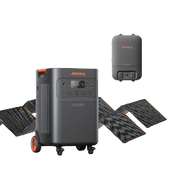
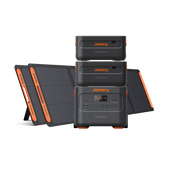
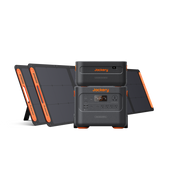
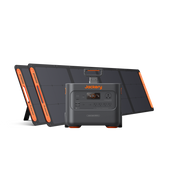

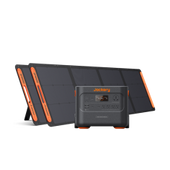
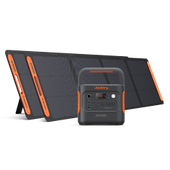

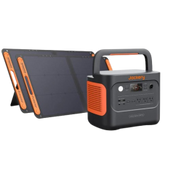
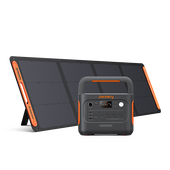
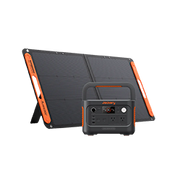

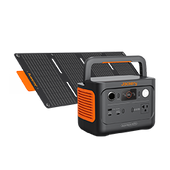
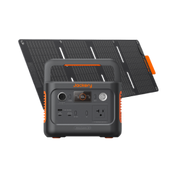
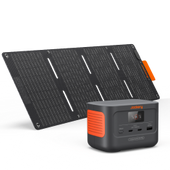
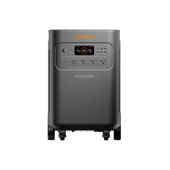

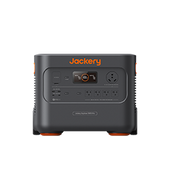
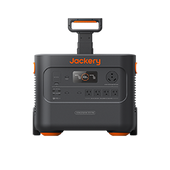
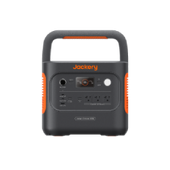
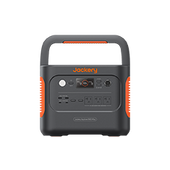
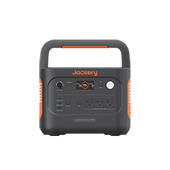
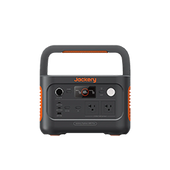
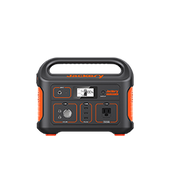
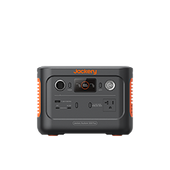

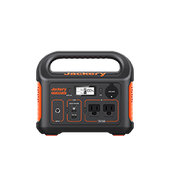
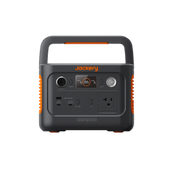
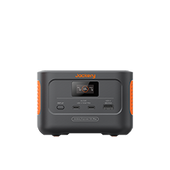



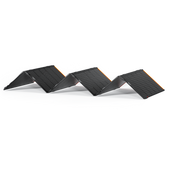
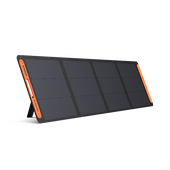
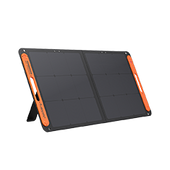
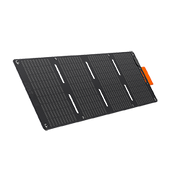
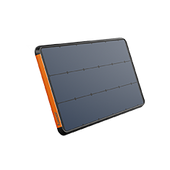
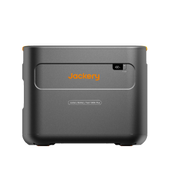
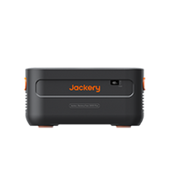
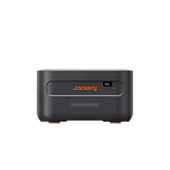

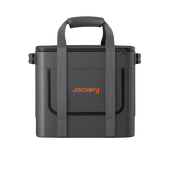
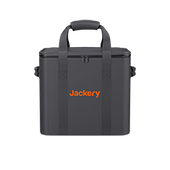
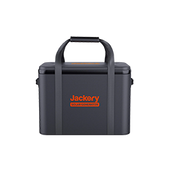
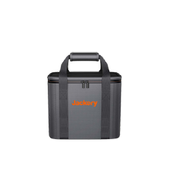
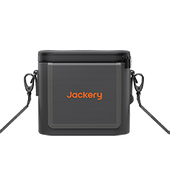
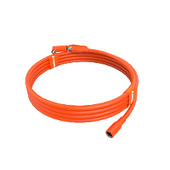
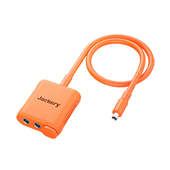
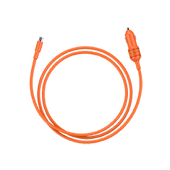

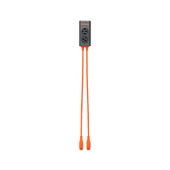
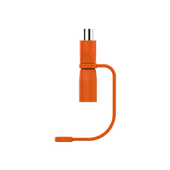
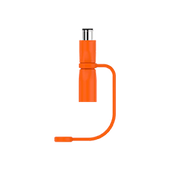
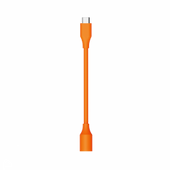
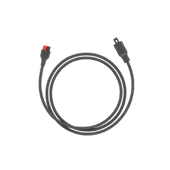
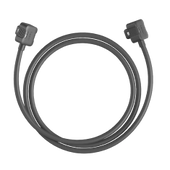
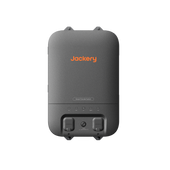
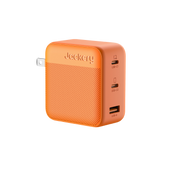

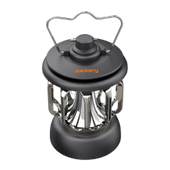


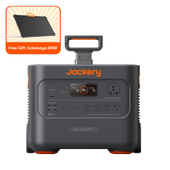
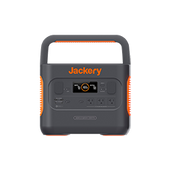
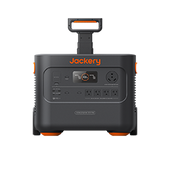
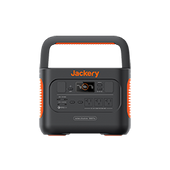
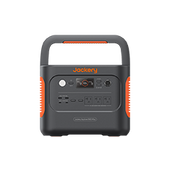
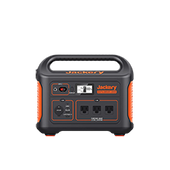
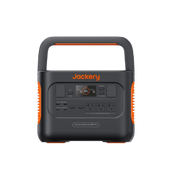
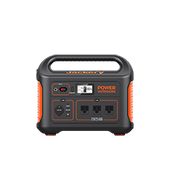
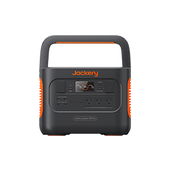
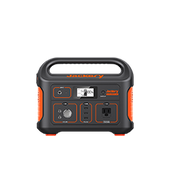
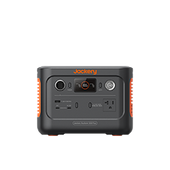
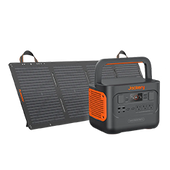
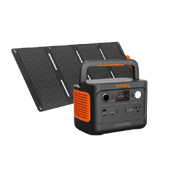
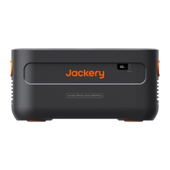
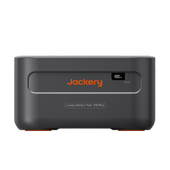


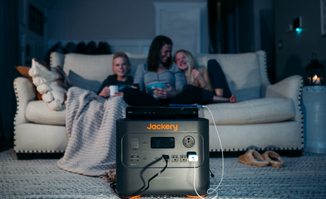

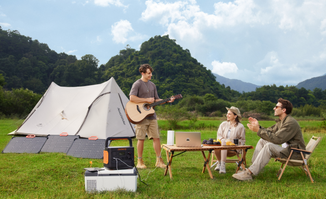
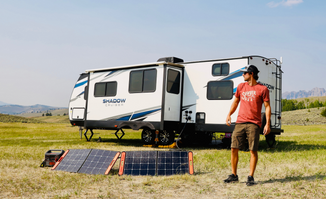
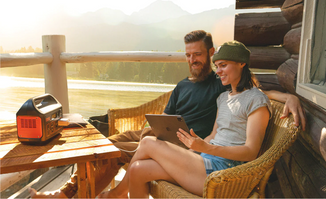
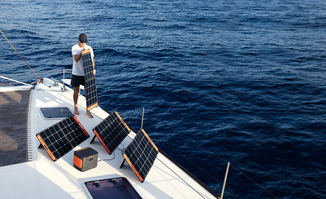
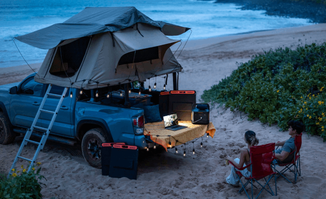
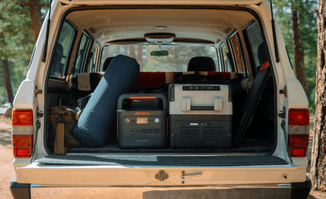

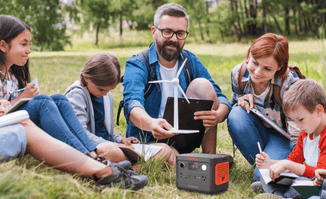


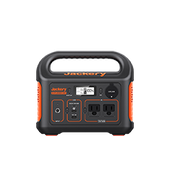
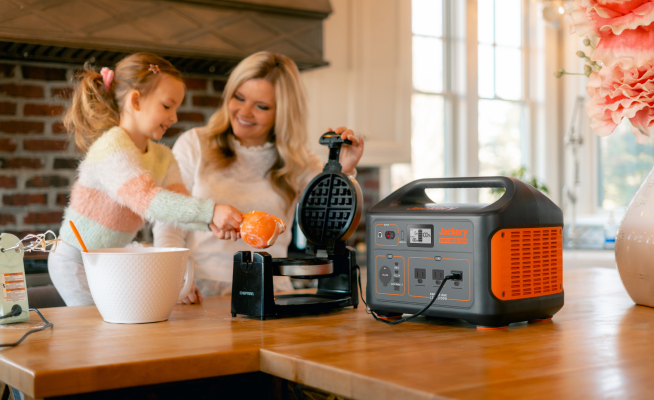
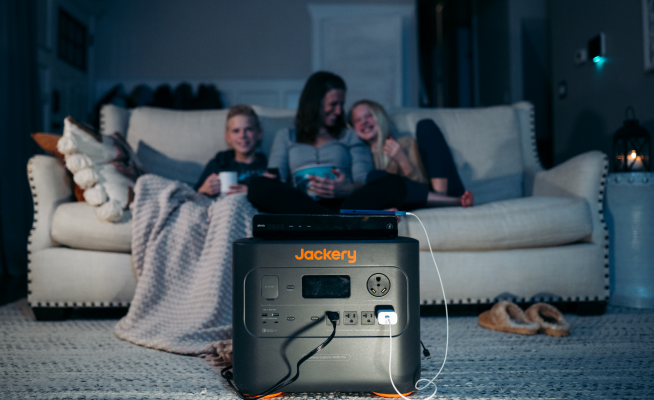

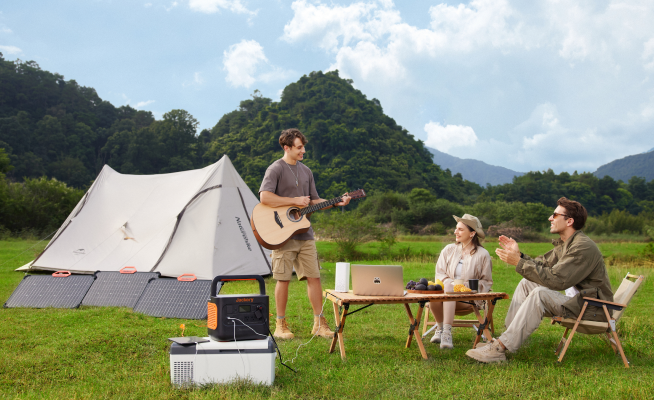
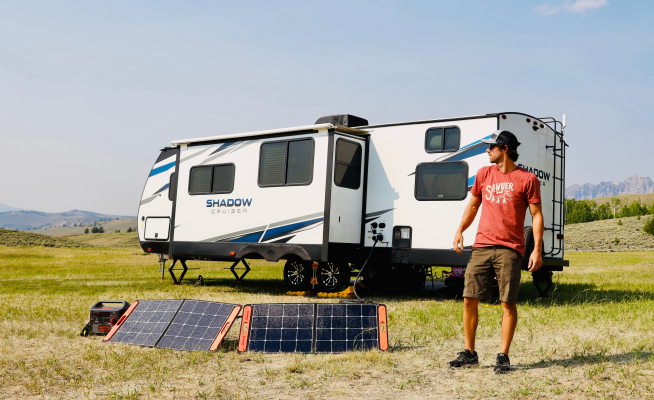
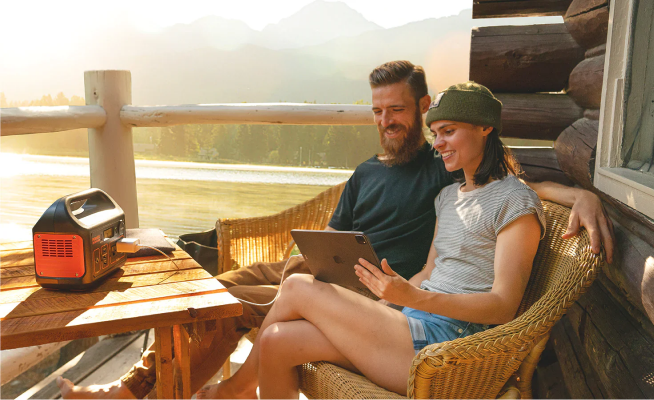
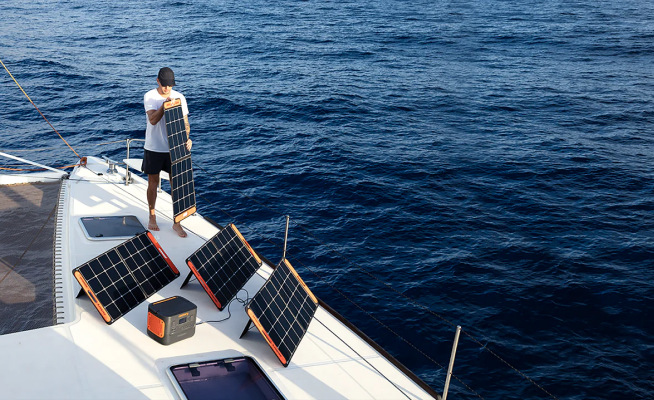
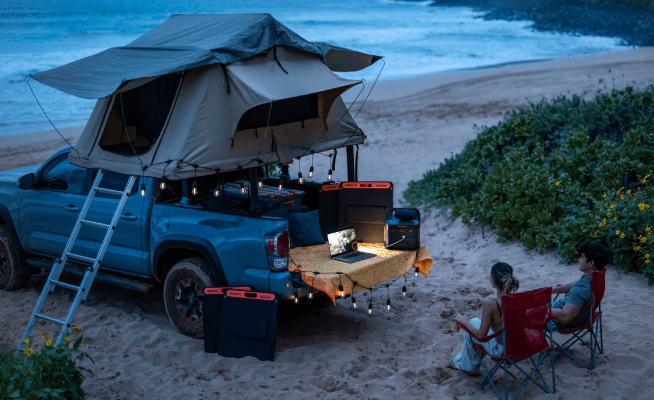
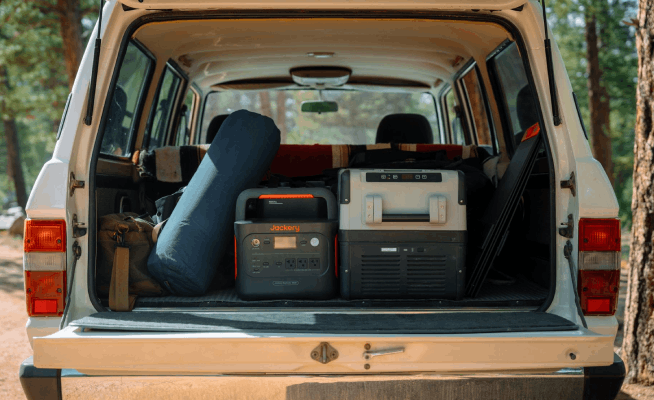
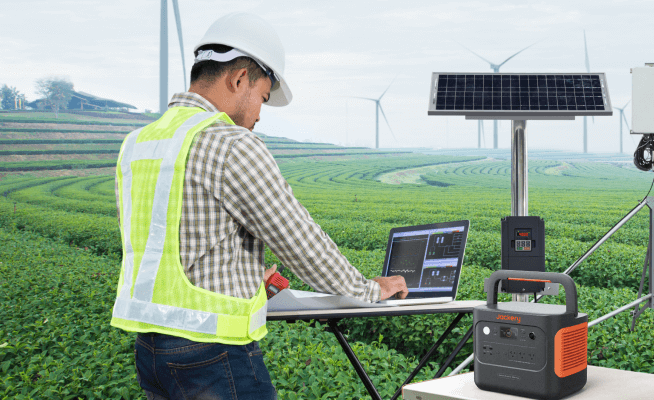
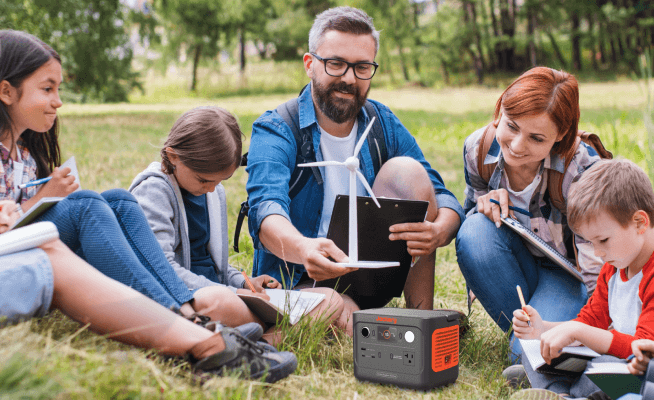











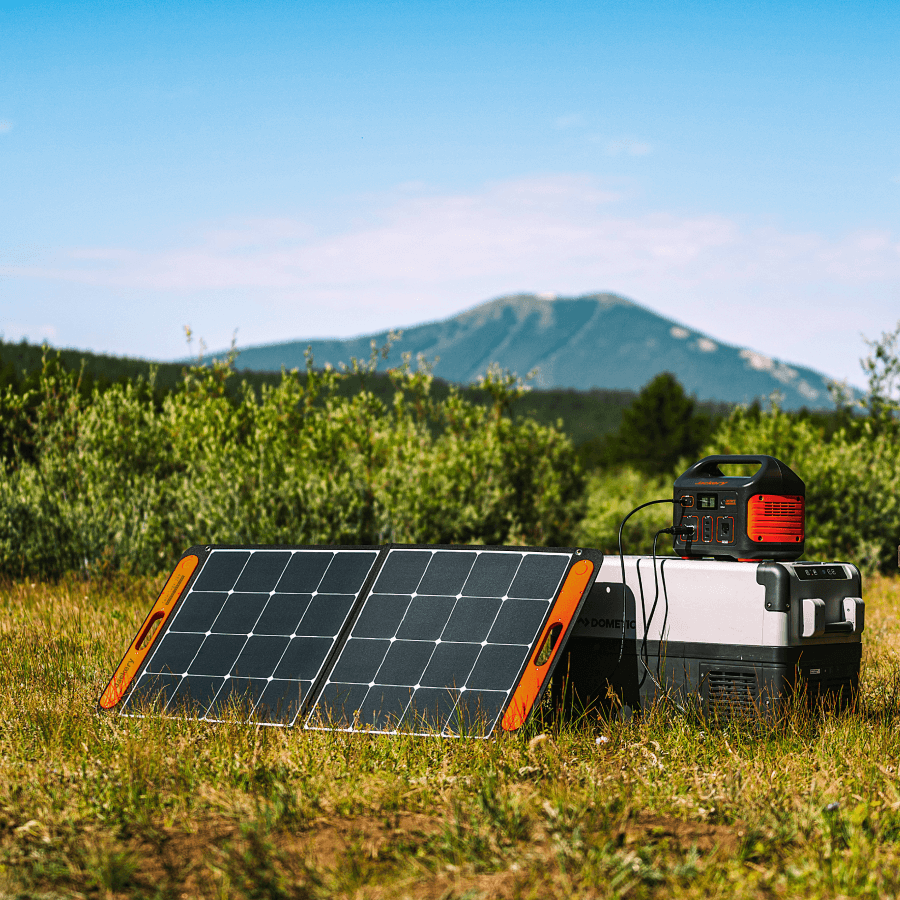
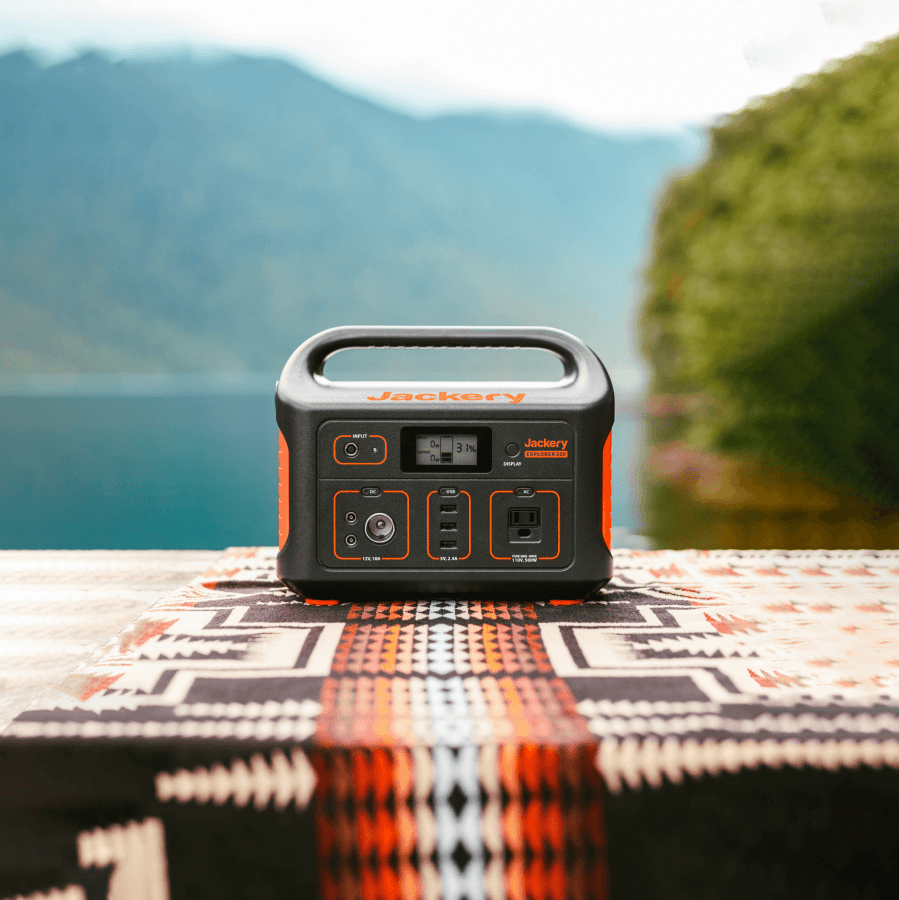
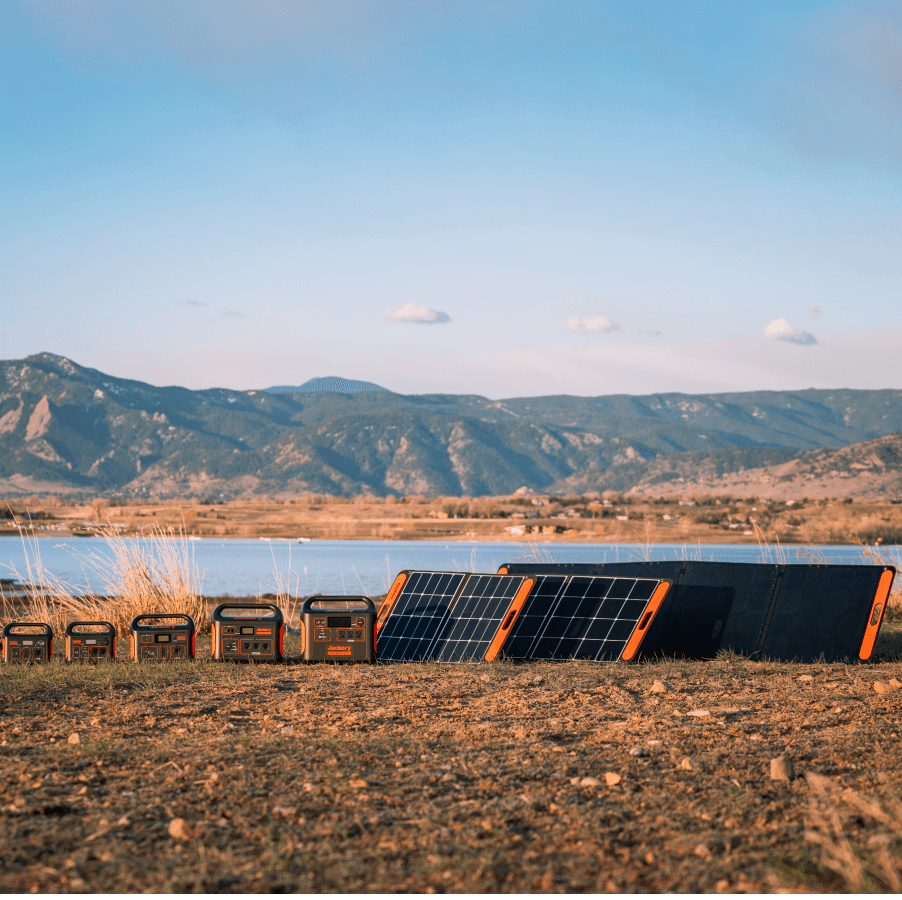
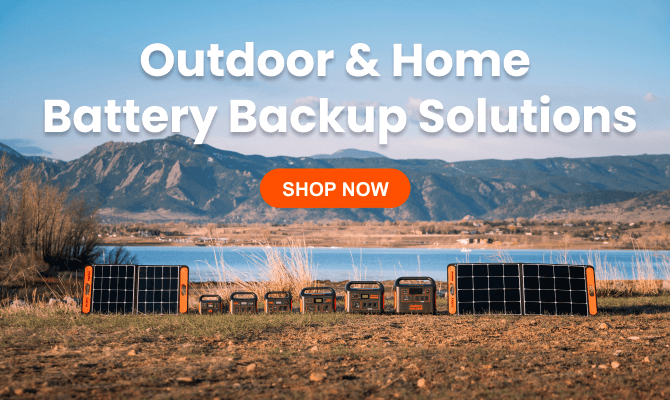
Leave a comment